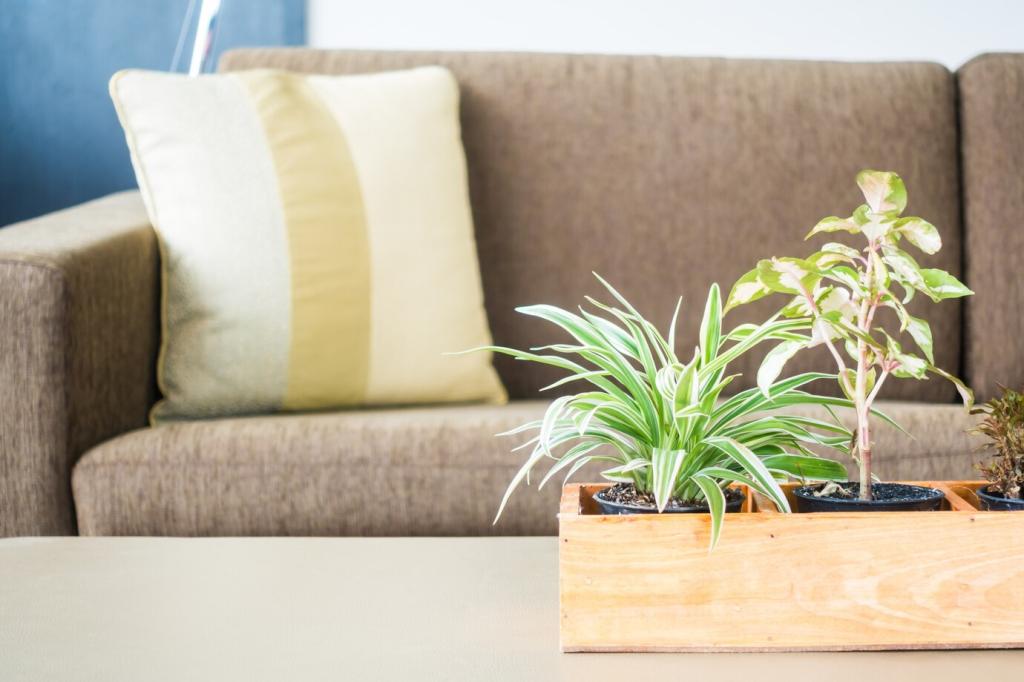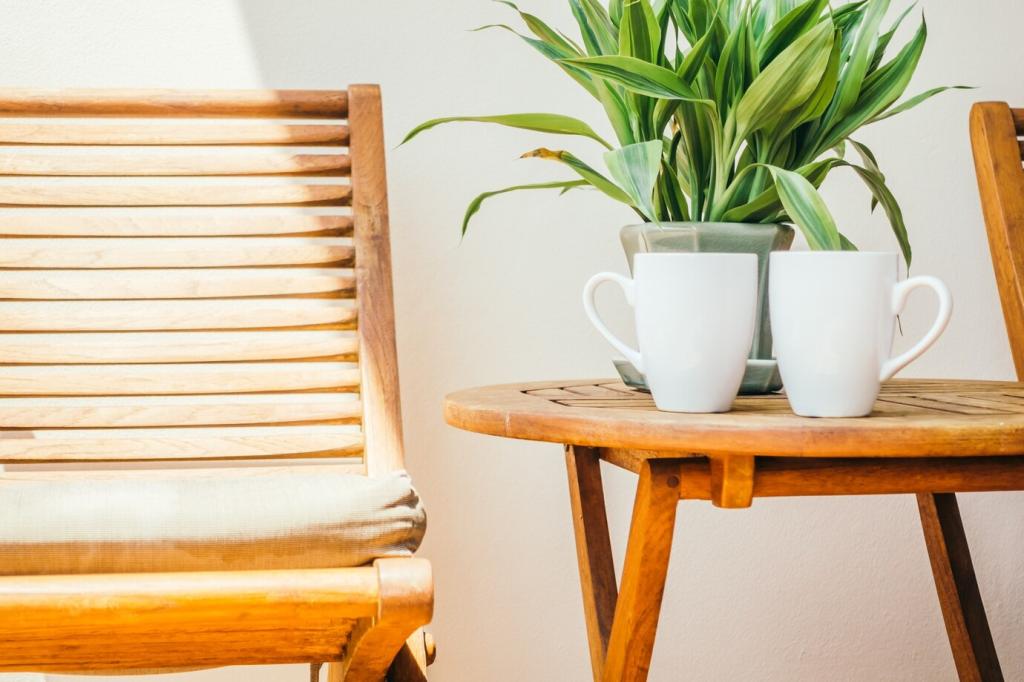Biophilic design is an innovative approach to architecture and interior design that seeks to connect people more closely with nature within built environments. By incorporating elements inspired by the natural world, biophilic design fosters wellbeing, enhances productivity, and positively impacts mood and health. This method integrates natural materials, sunlight, vegetation, and organic forms into indoor spaces, resulting in environments that feel alive, restful, and harmonious. As modern life often limits our direct contact with nature, biophilic design serves as a bridge, restoring the fundamental human connection to the outdoors while enhancing our daily living spaces.
The Fundamentals of Biophilic Design
01
The Origins of Biophilia
The concept of biophilia proposes that humans possess an inherent tendency to seek connections with nature and other forms of life. This idea, introduced by biologist Edward O. Wilson, asserts that our physical and mental health is intricately tied to our interactions with the natural world. Biophilic design translates this concept into our homes and workplaces by intentionally including features such as greenery, water, natural patterns, and daylight. As a result, spaces designed with biophilic principles foster comfort, creativity, and a sense of tranquility, ultimately catering to deep-rooted psychological needs.
02
Scientific Evidence and Human Wellbeing
A substantial body of research supports the idea that access to natural elements indoors can significantly benefit both physical and psychological wellbeing. Regular exposure to natural light, the presence of live plants, and visual connections to outdoor landscapes have been shown to reduce stress, enhance cognitive function, and even strengthen immune response. The restorative potential of biophilic spaces is particularly important in urban settings where contact with nature is limited, highlighting the powerful impact this design philosophy can have on our overall quality of life.
03
Key Principles of Biophilic Spaces
Core principles that define biophilic design include maximizing natural light, introducing direct and indirect connections to nature, and employing natural materials, textures, and colors. These elements work together cohesively to create an environment that feels welcoming and invigorating. By carefully balancing aesthetics, psychology, and sustainability, biophilic design goes beyond superficial decoration, rooting each space in a holistic approach to human wellbeing that endures as both science and art.
Using Living Plants and Greenery
Introducing living plants into interior spaces is one of the most accessible and impactful ways to achieve biophilic design. Plants improve indoor air quality, absorb harmful toxins, and add a visual focal point that is soothing to the eye. Whether it’s a sprawling vertical garden, lush potted plants, or a simple windowsill arrangement, greenery instantly enlivens a room and establishes a more inviting atmosphere. Beyond aesthetics, the routine of caring for indoor plants can also foster mindfulness and a deeper sense of connection to the living world.
Embracing Natural Light and Views
Maximizing access to natural daylight is another cornerstone of biophilic design. Well-placed windows, skylights, and glass doors flood interiors with sunlight, boosting mood, energy, and vitamin D levels. When possible, creating unobstructed views to outdoor landscapes or gardens brings the serenity and dynamism of nature inside. Enhancing daylight through reflective surfaces, sheer curtains, and open layouts further amplifies these benefits, creating spaces that feel open, airy, and inherently uplifting.
Incorporating Organic Materials and Textures
Natural materials and textures infuse indoor environments with authenticity and sensory richness. Wood, stone, wool, and clay bring tactile variation and warmth that synthetic surfaces often lack. By choosing finishes and furnishings inspired by nature, designers create spaces that are not only visually attractive but also comforting to touch and experience. The subtle variations in grain, color, and texture anchor interiors in the natural world, fostering a sense of stability and balance that resonates with inhabitants.

Physical and Psychological Wellbeing
Biophilic environments have a measurable impact on reducing stress, lowering blood pressure, and enhancing mental focus. Exposure to natural elements such as daylight and greenery promotes relaxation and can even speed recovery from illness. In workplaces and educational settings, biophilic design is linked to improved attentiveness, creativity, and job satisfaction. By prioritizing health and comfort, these spaces support the body and mind holistically, contributing to a better quality of life.

Productivity and Creativity Boost
Spaces that incorporate natural elements are known to foster greater creativity and productivity among their occupants. The presence of plants, natural light, and organic forms stimulates cognitive function and reduces fatigue, leading to better performance on tasks that require concentration and innovation. Organizations that adopt biophilic principles often report higher employee satisfaction and lower absenteeism, underscoring the tangible economic and cultural benefits of nature-inspired design.

Sustainability and Environmental Responsibility
Biophilic design inherently supports eco-friendly practices by encouraging the use of sustainable materials, preservation of green spaces, and energy-efficient building strategies. Integrating natural systems such as green roofs and rainwater harvesting reduces a building’s environmental footprint while offering functional and aesthetic advantages. By aligning design with the rhythms of nature, biophilic spaces promote a deeper awareness of ecological interdependence, inspiring occupants to live more sustainably.
Join our mailing list
